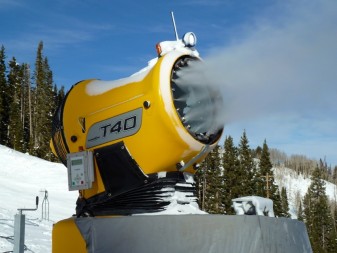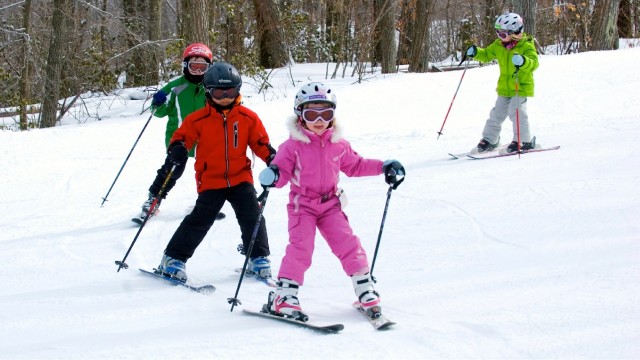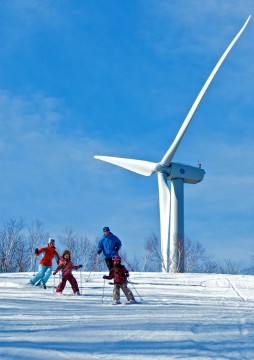The first time I struck out on skis was at Butternut Mountain, a beginner-friendly ski resort that’s been around since 1963 in Massachusetts’ Berkshire range. On that sunny but brisk February day, the bunny hill was brimming with wobbly novices like me -- a veritable sea of flailing poles and legs gone wild. I can still remember a particularly exhilarating run in which I managed to knock over a small child before landing on my side in a pile of snow that was clearly intended to stop people like me from careening into an adjacent parking lot. That was the day I literally and figuratively fell for skiing.
Every winter thousands of people fall for skiing and snowboarding at places like Butternut, places with gentle slopes where even future Olympians first begin building their confidence and ability. But, unfortunately, it’s at these small, snowy havens where we often get our start where the fun may soon be coming to an end.
According to a study out of Canada’s University of Ottawa about the impact of climate change on regional ski areas, none of the 17 winter resorts in Massachusetts and Connecticut will be able to sustain a viable skiing season as soon as 2039 as a result of reduced snowfall. Meanwhile, many of the slopes in neighboring Vermont are expected to fare better. The main reason for the differing predictions? Altitude.
While it may seem obvious that temperatures would remain colder at higher elevations, what we don’t know is when these more vulnerable ski spots will no longer be able to survive the financial toll of changing climate conditions. After crunching the data for 103 northeast resorts, with help from IPCC climate models, the researchers concluded that in the next 15 years the number of “skiable” days at many areas could fall to fewer than 100. While season lengths vary depending on a resort’s size and capacity, the 100-day rule has long been a general benchmark of economic viability for any ski hill.
"One of the biggest factors impacting these smaller ski areas is that the season will also become shorter as the warming trend continues,” said Jackie Dawson, one of the report’s authors. “Snow won’t really start falling until after the December holidays, and that’s when these resorts usually make 35 percent of their total revenue.”

Although Dawson’s report focused on Northeast ski resorts, a recent article in the journal Nature also highlighted predictions for other ski destinations whose future remains “climatically unreliable,” with milder winters threatening to render obsolete even former Olympic ski areas like those in and around Salt Lake City.

